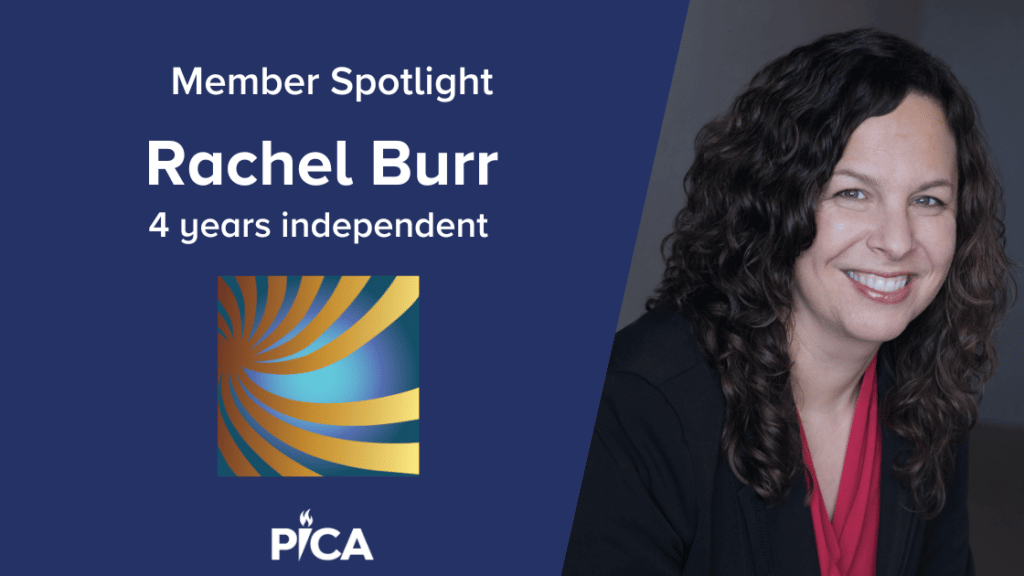Diversity in both skills and personalities in teamwork relies on team members’ psychological roles based on personality and functional roles.
“Alone we can do so little; together we can do so much.”
– Helen Keller
Organizations are built on teamwork. A large organization can include many different teams. A small organization can be a team itself. It follows that building better teams can lead to better outcomes for any size organization.
This article will look at the elements of effective teams, the benefits of having different perspectives, and the effect of individual personalities in teamwork.
The Benefits of Teamwork
Research has shown that teams have several advantages over individuals, including:
Better Problem Solving: Teams of three to five people consistently outperform the best individuals. Researchers say teams generate correct responses to problems, reject incorrect responses, and process information more effectively than individuals.
Greater Innovation: Teams push and pull each other to new thoughts and insights. A healthy clash of perspectives provides just enough discomfort to spur growth and new ideas.
Happier Employees. Employees in well-functioning teams are much more likely to report a sense of well-being, and happier employees are much more productive than unhappy ones.
Diverse Perspectives Make More Effective Teams
Just as teams outperform individuals, diverse teams outperform non-diverse ones. As we’ll see, diverse teams tend to check each other’s assumptions and keep each other on track.
The case for diversity in the workplace has been made repeatedly, including studies published by McKinsey & Company in 2015, 2018, and 2020. Diverse workplaces consistently report better financial results and are more profitable than non-diverse ones. Credit Suisse found a similar association between better financial results and including women on corporate boards.
And, according to the Harvard Business Review, diverse working teams also perform better than non-diverse teams. For example:
Focus on Facts: Diverse teams have been shown to focus more on facts and make fewer factual errors than non-diverse teams. When errors do occur, they’re more likely to be corrected.
Information Processing: Diverse teams also have been shown to process information more carefully and deliberately than non-diverse teams, leading to more accurate decisions.
Greater Innovation: Finally, diverse teams have been shown to introduce more innovations into the market, and to develop more new products, than non-diverse teams.
Diversity pulls people out of the comfortable, well-worn patterns of thinking that occur in non-diverse contexts. Getting out of that comfort zone is vital to making better decisions and driving innovation.
The Effect of Personalities in Teamwork
Individual personalities also have a major impact on teamwork, no matter what kind of group is involved. Team members’ personalities can affect cooperation, problem solving, and overall performance.
The Harvard Business Review has proposed one way of looking at personality in the workplace:
Results Oriented. Team members who are leaders, socially confident, and energetic.
Relationship Focused. Team members who focus on the feelings of others and fostering group cohesion.
Process and Rule Followers. Team members who pay attention to details, rules, and process. They tend to be organized, responsible, and conscientious.
Disruptive Thinkers. Team members who focus on innovation and shaking things up. They tend to be adventurous and open to new experiences.
Pragmatic. Team members who are practical and skeptical. They tend to challenge ideas and to be prudent and level-headed.
None of the personality traits above is “better” than any other. Teams with a mix of personalities and approaches result in better overall performance.
If the majority of the team are disruptive leaders, but the team lacks relationship builders, group cohesion will suffer. If the majority are relationship builders, but the team lacks leaders and disruptors, innovation will suffer.
Managing Personalities in Teamwork
One way to maximize team effectiveness is to recognize that team members play both a functional role and a psychological role. The functional role of each individual is based on their position and technical skills. It is usually the main focus when putting together working teams. Equally important is each team member’s psychological role, based on their personality.
The goal is to create a balance of personalities so the mix of different styles and approaches will optimize the team’s success.
If your organization would like advice on building better teams, we are happy to assist.
===================================
Rachel Burr is an executive and leadership coach with over 20 years of experience working with CEOs and the C-suite across all industries, in organizations of from 200 to 10,000 employees. Rachel holds dual master’s degrees in Organization Development and Clinical Psychology, and numerous certifications in the field of executive coaching. Rachel is a “people expert” who works with clients to unleash their leadership potential.
To book an appointment visit: https://catamentum.com

